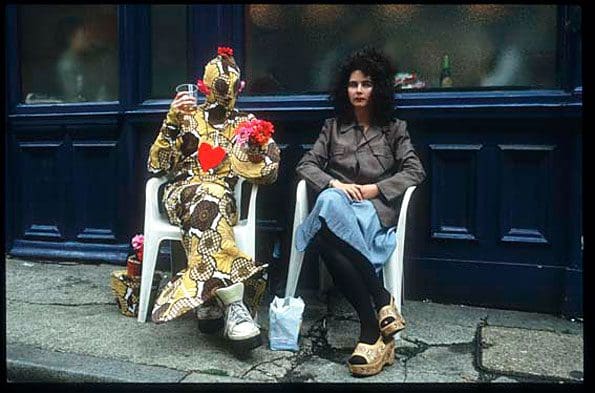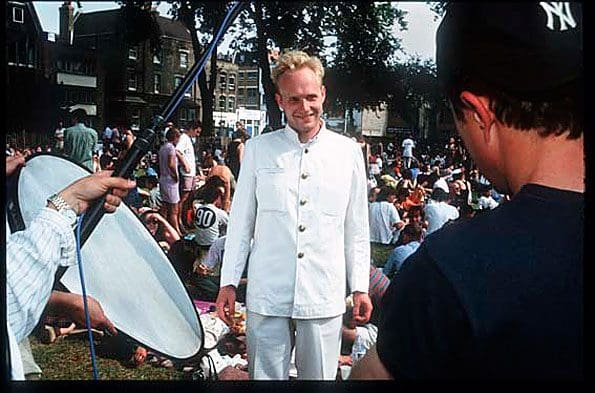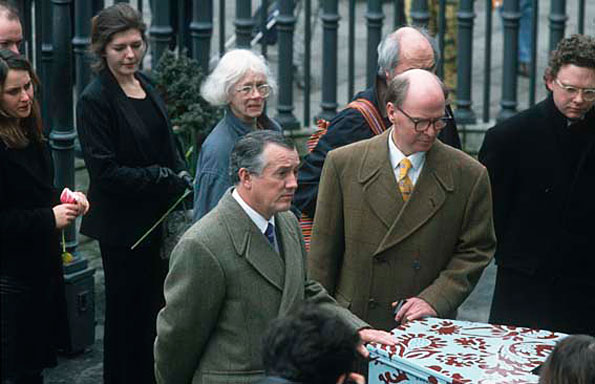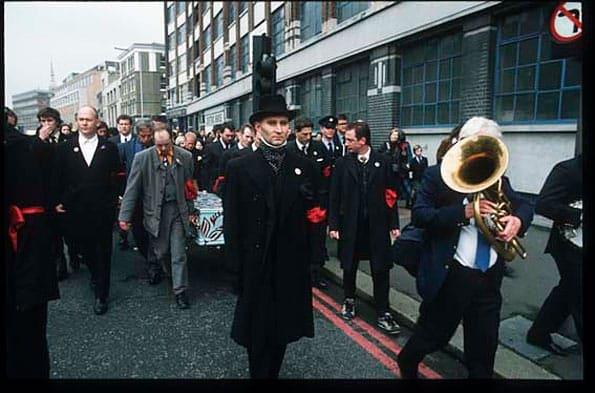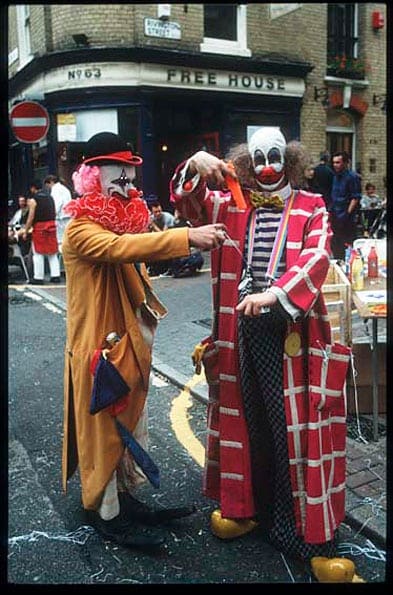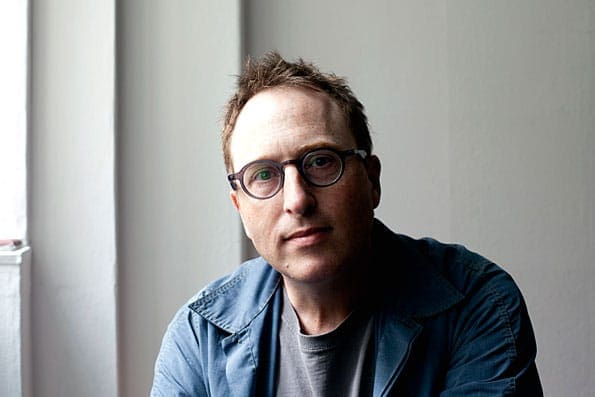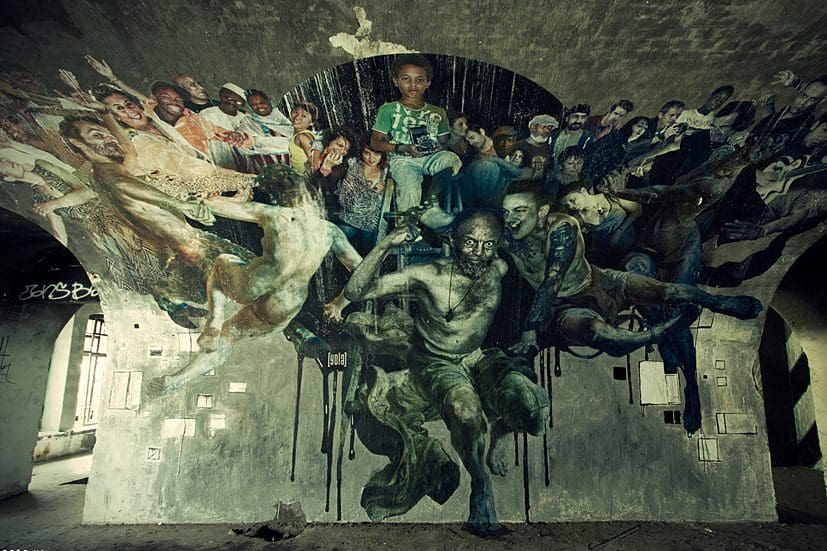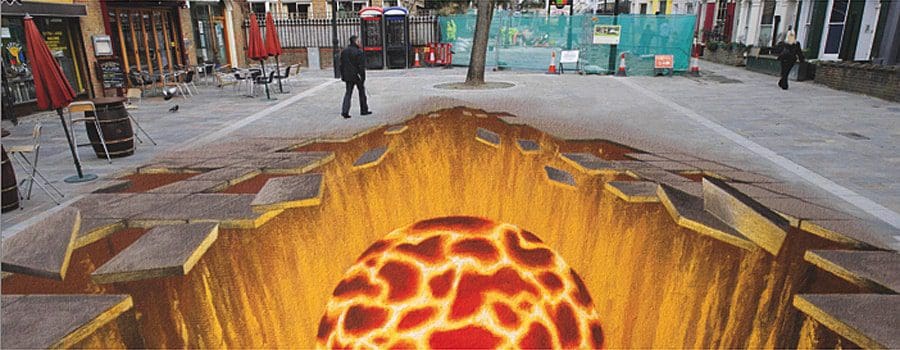The cultural bridge between the tail end of the industrial Kray scarred Shoreditch and its early days as an artistic haven in the early nineties was dreamed up, built and cemented by Joshua Compston. Artist, impresario and curator. Read about a new book rejoicing in his extraordinary life and art.
Those Kray twins were right bloody bastards weren’t they? With all that filching, cly faking, dewskitching and dollyshop demandering. Should have gone into scrap metal like their old dad instead of always being a few sour moves away from a pair of silver derbies.
Ronnie and Reggie were both born in Hoxton, London, which today is sewed together with bordering Shoreditch, (sarcastically quivering voice) oh Shoreditch, to form the London Borough of (less quivery, less sarcastic) Hackney.
Hoxton and Shoreditch used to be characterised by bustling small industry, factories and workshops, but in the years after the Second World War industry began to move out leaving behind a great number of empty warehouses and shop floors cheaply available. Because of the large spaces and low rents artists and musicians began to move in, giving birth to a burgeoning creative scene. The cultural bridge between the tail end of the industrial Kray scarred Shoreditch and its early days as an artistic haven in the early nineties was dreamed up, built and cemented by Joshua Compston. Artist, impresario and curator.
Compston is best known for the gallery he set up in a former factory on Charlotte Road named Factual Nonsense. Described as a “cultural think tank” Compston wanted the gallery to aim towards revolutionising the lives of the working classes. In his lovingly crafted new book on Joshua Compston, Darren Coffield, a friend and contemporary of Compston, writes of Shoreditch in the early 1990s as “a dilapidated and unpopulated place”, in the wake of another British recession, a place that appeared to Joshua as something of an “undiscovered country”, a million miles away from the late-era Thatcherite middle class hedonism that had taken root in West London.
Compston’s Factual Nonsense organised a number of public events that, if one, like a complete buggerlugs, were to analyse Shoreditch’s recent cultural development, would be regarded as key moments in the area’s rebirth. The Fete Worse than Death (1993) was one such event, a kind of art house street party organised by Joshua and located in Hoxton Square around ‘the notorious triangle of Great Eastern Street, Old Street and Curtain Road, a Victorian artisan area famous for its nobler design.” Damien Hirst and Angus Fairhurst famously dressed up as clowns for the event, producing spin paintings at one quid a pop, just as anyone who has bought a Hirst in the following years should have adopted similar jovial gear.
Gavin Turk did a bash the rat stall, Brendan Quick a pubic hair exchange for those who wished to pluck and barter with their tangled diamonds, Sarah Lucas had an empty stall with a piece of cardboard placed on it reading ‘our thoughts on any matter for 20p’ and James Goff (these are all names of artistic veks who were on the scene at the time, see, quoted diligently in Coffield’s book) was particularly proud of his tuna fish tail stall. “We went to the bloody fish market and got all these tuna fish tails and then we got this grill and we barbecued together and we sold it. And I remember at the end of the day, we were sweating and stinking and we were selling tuna fish tails for five quid a piece. And Damien Hirst was selling his fucking spin paintings for a quid a piece.” Across the way from Goff’s tuna fish tail stall Tracey Emin was running a kissing tent, 50p for a kiss and by 7pm of the same day it had become 50p for a bit of the old in-out-in-out. Did James Goff of the tuna fish tail stall stop by for a snog on the rot from little Tracey-wasey? “No, we were to busy doing the fucking tuna,” he remembers. The Fete ended with the traditional drawing of a raffle (the prize: a bag of dildos) and someone yelling at them to turn the music down.
The Fete certainly was successful in binding together a disparate set of characters into a community, but the cool reputation it garnered as the event fell into crystalline memory began Shoreditch’s transformation into what it is today. “Within a year and half,” Gary Hume notes in the book, “everything had gone up in price. People could no longer be there. A coffee house arrived and another one. The Fete was the beginning and the end of it.”
In the meantime Factual Nonsense continued its pioneering work. There was The First Party Conference (1993), a string of cultural events of the kind that if you remember them then you weren’t really there, the cock and yarbles posters that publicised the programme are fondly remembered, but caused a great deal of controversy when they tried to plaster them down the King’s Road. There was also the Fete Worse than Death II, which Compston said attracted “over 4000 people of different descriptions and denominations, making myth of the area of Hoxton and Shoreditch as an upbeat up and coming cultural zone.”
Compston’s public work such as the Fete and the Hanging Picnic in many ways foreshadowed some of the recent public artworks by Jeremy Deller, yet aside from the public events, the book also highlights Compston’s more conventional artworks. Coffield praises Joshua’s Other Men’s Flowers collection as “one of the most underrated and overlooked artworks of the last twenty years.”
Coffield notes that he and Compston were interested in printed ephemera and says that the two of them would attend ephemera fairs at the Victory Services club near Marble Arch, with Joshua going on to recycle the purchased turn of the century paper curios by sending people letters scrawled on the back of “old ocean liner menus, Edwardian cheques and pre-war public health posters.” Compston’s Other Men’s Flowers saw him recruit a number of leading British artists, old and new, to produce a series of prints, based on texts, so Mat Collishaw recreated a page from Lady Chatterly’s Lover, for example, while Henry Bond contributed a description of Monaco.
The title was inspired by a collection of poems collated by Viscount Wavell, a general in the Second World War, who had the habit of reciting poems to encourage his men on the eve of battle, he was later persuaded to compile these poems into a collected volume, which he titled Other Men’s Flowers, flowers being an age old term for writing. Compston’s father had given him a copy of the book and he later discovered that the title was not Wavell’s own, but belonged to Michel de Montaigne, who had written, “I have gathered about me a posy of other men’s flowers and nothing but the thread that binds them is my own.” Which is rather a good description for the stories presented in this fine book, Coffield gathering together and binding up for the sake of posterity the life’s work of a dear friend.
Joshua Compston died in 1996 at the age of 25 and was buried with all the fuss and shenanigans usually accorded a pharaoh or a brave and true conqueror of great panoramas of giant stuff. “Joshua’s funeral, it kind of looked a bit like one of the Kray twins funerals. It was a lot of people.” His coffin was painted with a William Morris pattern and bottles of wine were stashed by his body as crowds of people thronged the East End as Joshua made the journey from Factual Nonsense to his final resting place. “I found the funeral quite strange,” says Andrew Wilson. “I remember thinking, who are all these people? It was a sort of circus and it was, almost, dare I say it, one of the most successful events that he inspired in a sense, but he didn’t benefit from it at all.”
London characters come and go, but the city is eternal. Rejoice by the dusty railings around the steps to the pedestal of the statue of this great and incorruptible ‘youf’. Rejoice. Rejoice. Rejoice.


